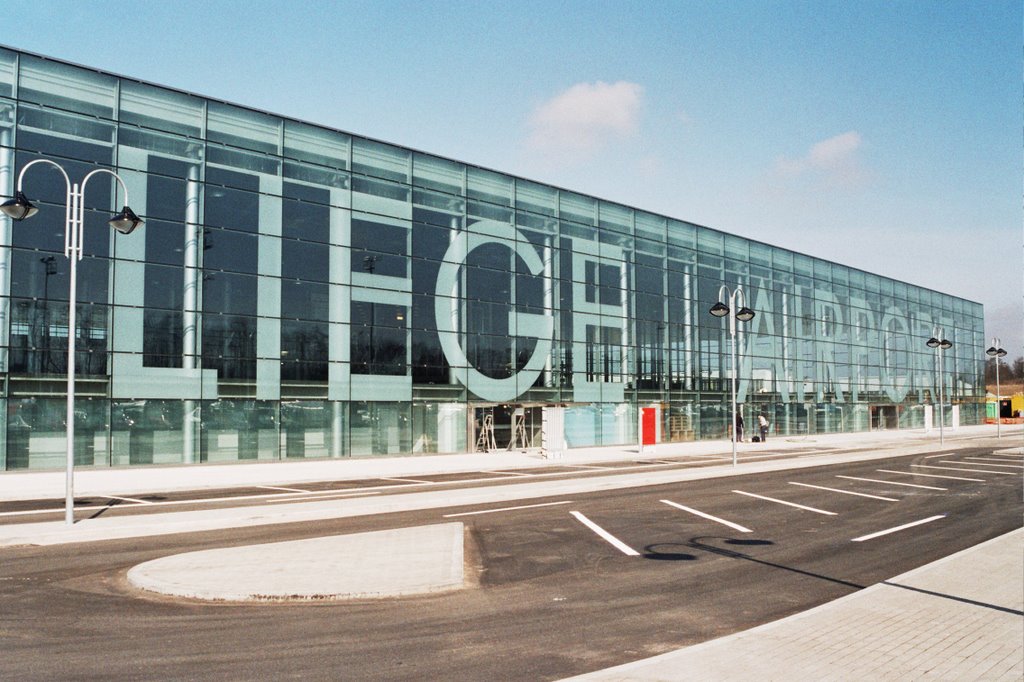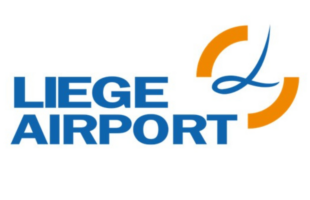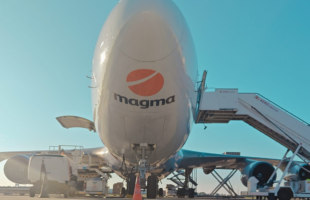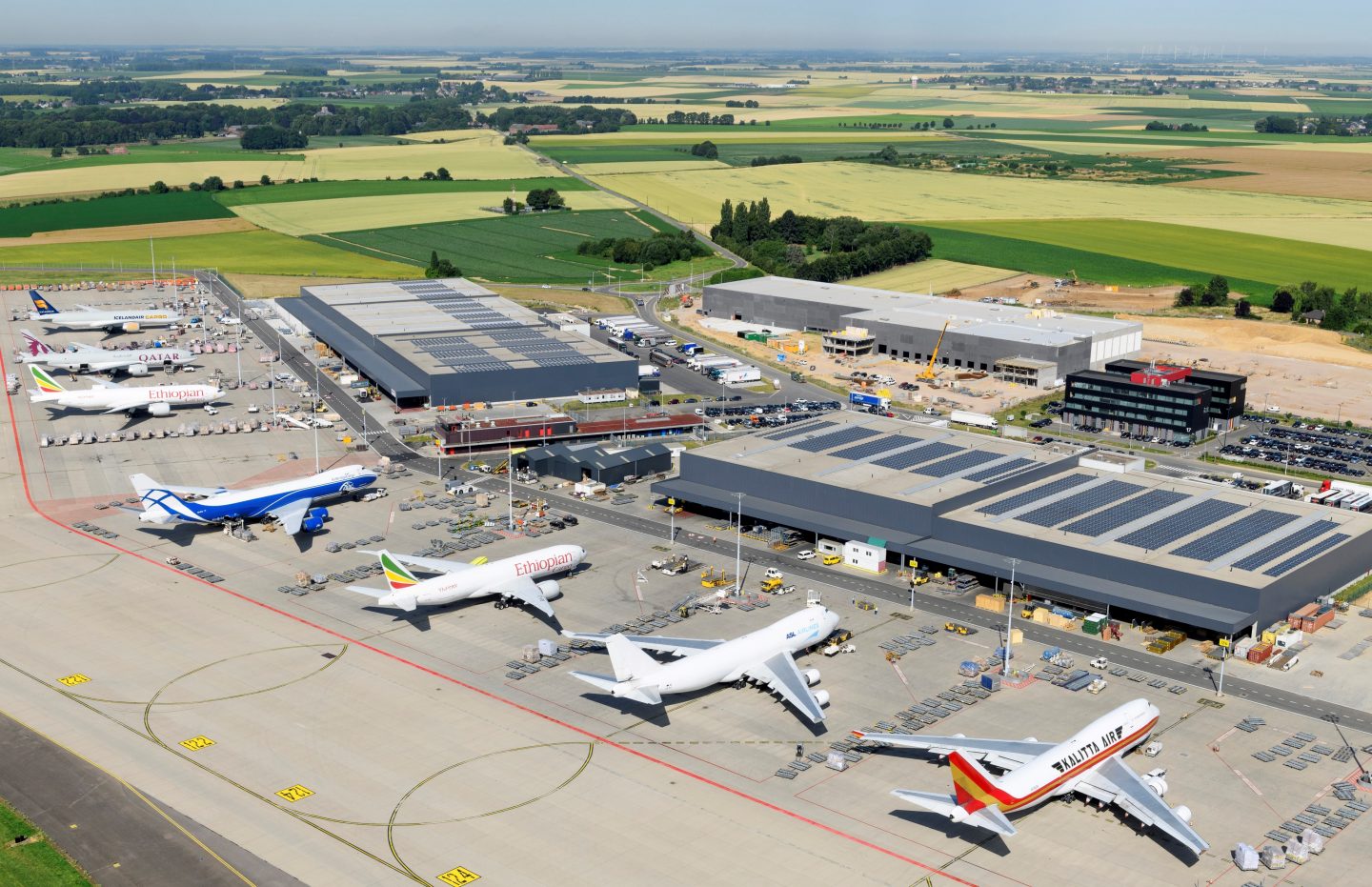
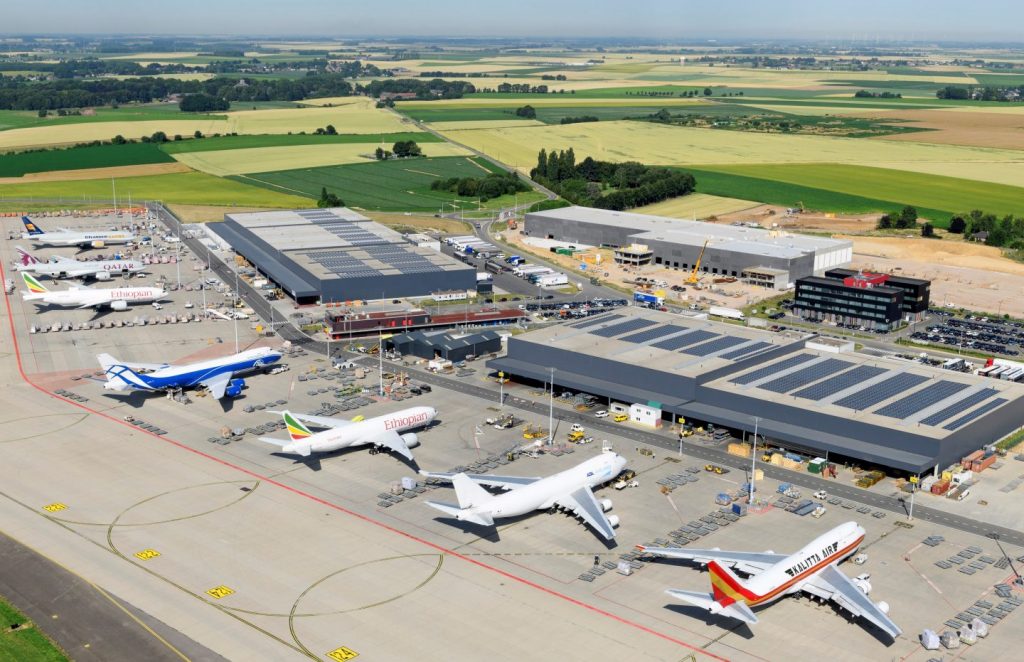
“You know 15 years is a long time,” mused Steven Verhasselt, who not too long ago led Liege Airport to record cargo volumes not seen until the pandemic. When we did the interview, the former commercial director of LGG was in isolation at a hotel in Hong Kong.
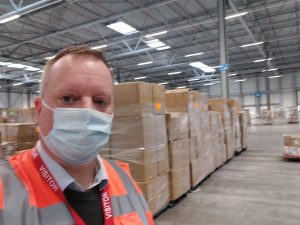 “We did great things in Liege and we are doing great things there. There was a lot in the pipeline, but business development wise, it will not be as good and spectacular anymore as it has been over the last 10 years because we did so much.”
“We did great things in Liege and we are doing great things there. There was a lot in the pipeline, but business development wise, it will not be as good and spectacular anymore as it has been over the last 10 years because we did so much.”
Following the steps of his close predecessors who left the company over the last 2 years, Mr Verhasselt is now on his own mission to help other airports carry out their own cargo strategy.
Transforming air hubs
Naming a new consultancy venture after his two feline buddies, Frankie and Bennie, Steven set out to do just about that. With cargo being the only revenue stream for most of the airports, his idea is to help them do something long term for cargo that would also help benefit the air freight industry, and the plan is to have one in every continent.
“I already have one in Pittsburgh in the US. I already have one in Europe, one that I cannot disclose yet, but it’s a big one, it’s in the top 10 in Europe. I have one in the Middle East, which I cannot disclose either and then I’m cooperating closely with airports of Thailand specially for the setup in Bangkok and Phuket.”
Aside from following the same ideas and philosophy about cargo, Steven’s plan is to have these airports cooperate in a network at a second phase. But it doesn’t stop there.
Digitisation
Venturing into uncharted territory like other renaissance men, Steven has also started an IT company last year called Wavelength— an IT company made up of an operations guy based in Belgium and IT guys from Thailand, with headquarters in Singapore.
“I’m not an IT guy, but everybody is talking about digitization and automation and the need for it because in our industry there are still a lot of hours wasted on relatively simple issues that are simply done the way they’ve been done for the last 20 years. but there’s a lot of things to win by automating and coming up with new products
The team is coming up with small things within the chain that can help the industry to digitize, and the first product, nearly ready to launch, is an automated weight and balance program developed for 747-400 freighters. The next step is 767 freighters and triple seven freighters on the portfolio.
“It would help to increase payloads and to actually optimize the weight and balance in a digital way, which would lead to an optimal way. It would lead to two to 3% fuel savings, which is very good for the finance of the company, but also sustainability wise as we are all looking into making our industry greener. If we can save on fuel burn, that’s a big difference.”
Drones, island nations
With two big projects, Steven still has time to share his expertise on the advisory board of two highly innovative and forward-thinking companies that are elevating air cargo into new heights. The two so-called smaller projects, he would describe, are with Dronamics and Astral Aviation, two companies that are leading the way when it comes to cargo drone operations.
“My advice to Dronamics is to deploy them first in places where road transportation is not available or very hard. For example, the Philippines is an excellent market for it. You’re not going to fly with a 737 freighter that can take 15 or 18 tonnes if you only have 500 kilos to transport. But if these 500 kilos are urgent, you’re not gonna wait for a boat either. I think island nations are an excellent launch market for drones,” Steven suggested.
Looking ahead
Whilst most experts forecast healthy air cargo demand throughout the year, airport and airline operators do have quite a few to think about, including the increase in tax duties on e-commerce shipments. This issue somehow slipped through the attention because the demand is still huge, given the lack of capacity in any mode.
“This new tax has shifted a lot of e-commerce that used to be from B to C directly, is now being shipped B to B in Europe and then to C. It means that you’re going to take more time in Europe to clear it to store it.”
“Are you still going to send it by air? Is it still really necessary? Or are you going to go for cheaper solutions like rail? In my opinion, as a cargo airport, only relying on air freight is a risk. That’s why at Liege we have started the transformation from cargo airport to multimodal logistics hub where trains from China are arriving at the airport as well.”
“For the freight forwarders, the guys who control the flows, it’s very interesting to know that there is more than one option to reach a certain destination so that’s a shift that is happening. I’m sure the capacity issue will be solved and the issues at airports will be solved, but the tax shift and the potential modal shift that comes with it, that is something that is there to stay.” Something air hubs need to consider and see how to manage it.



